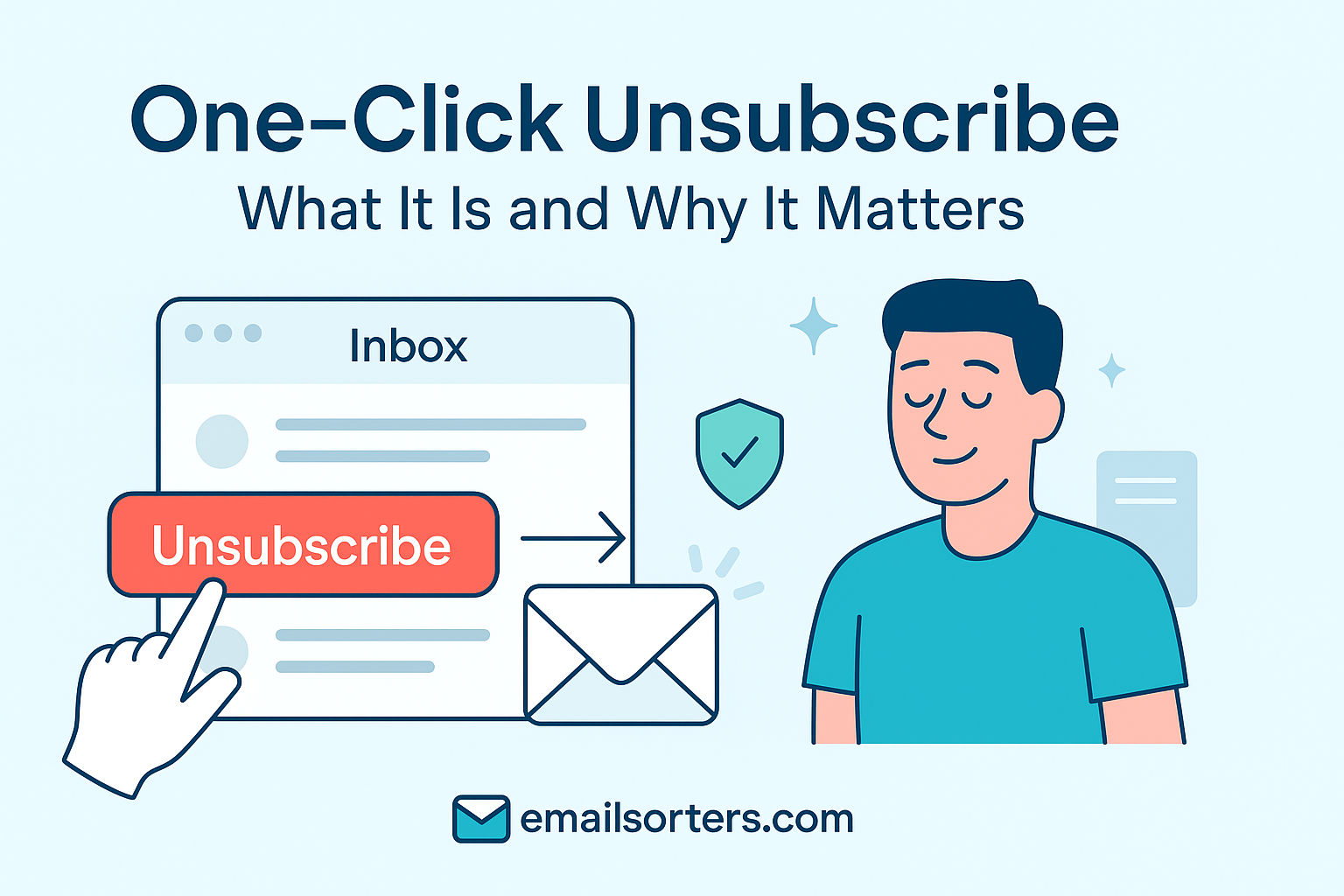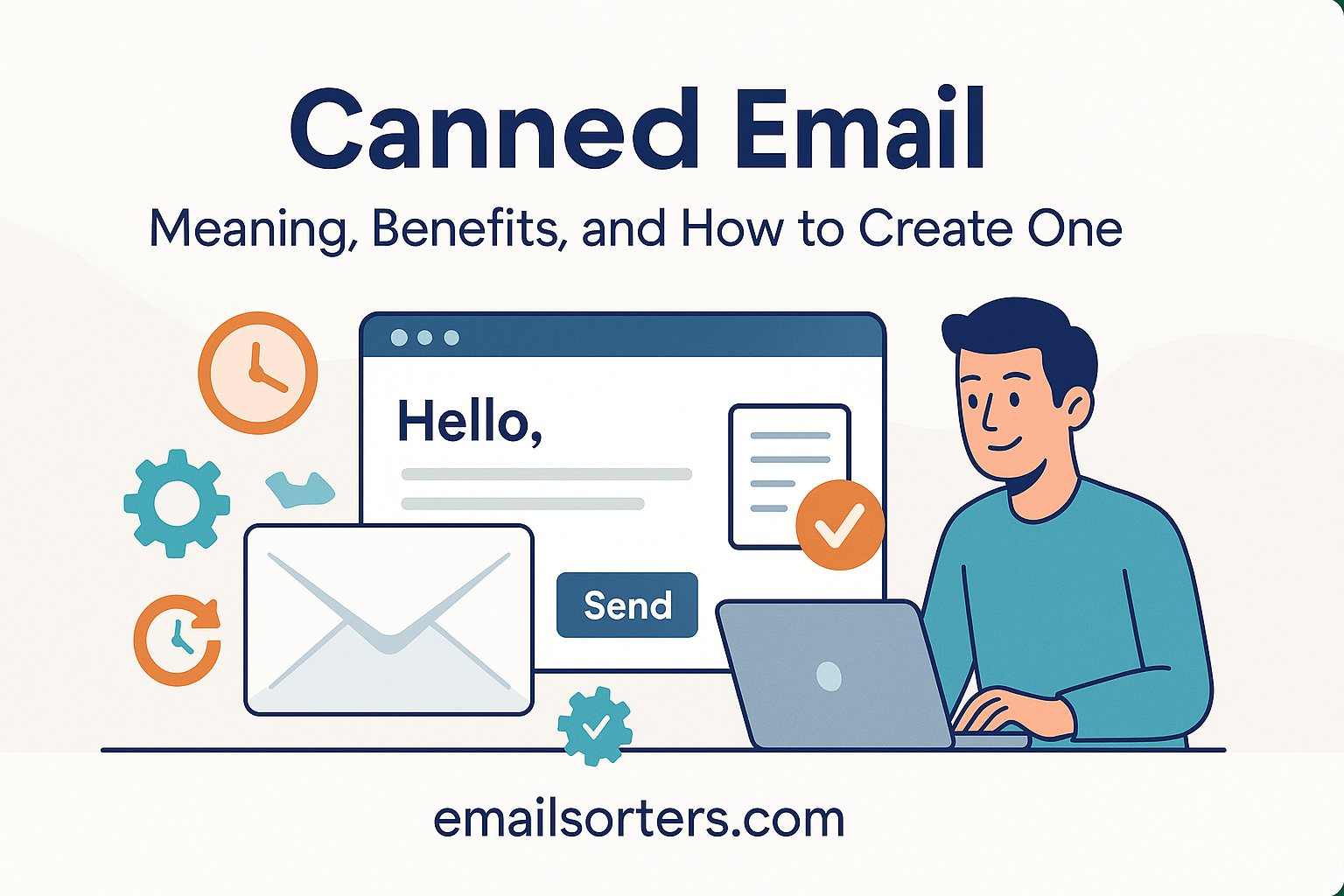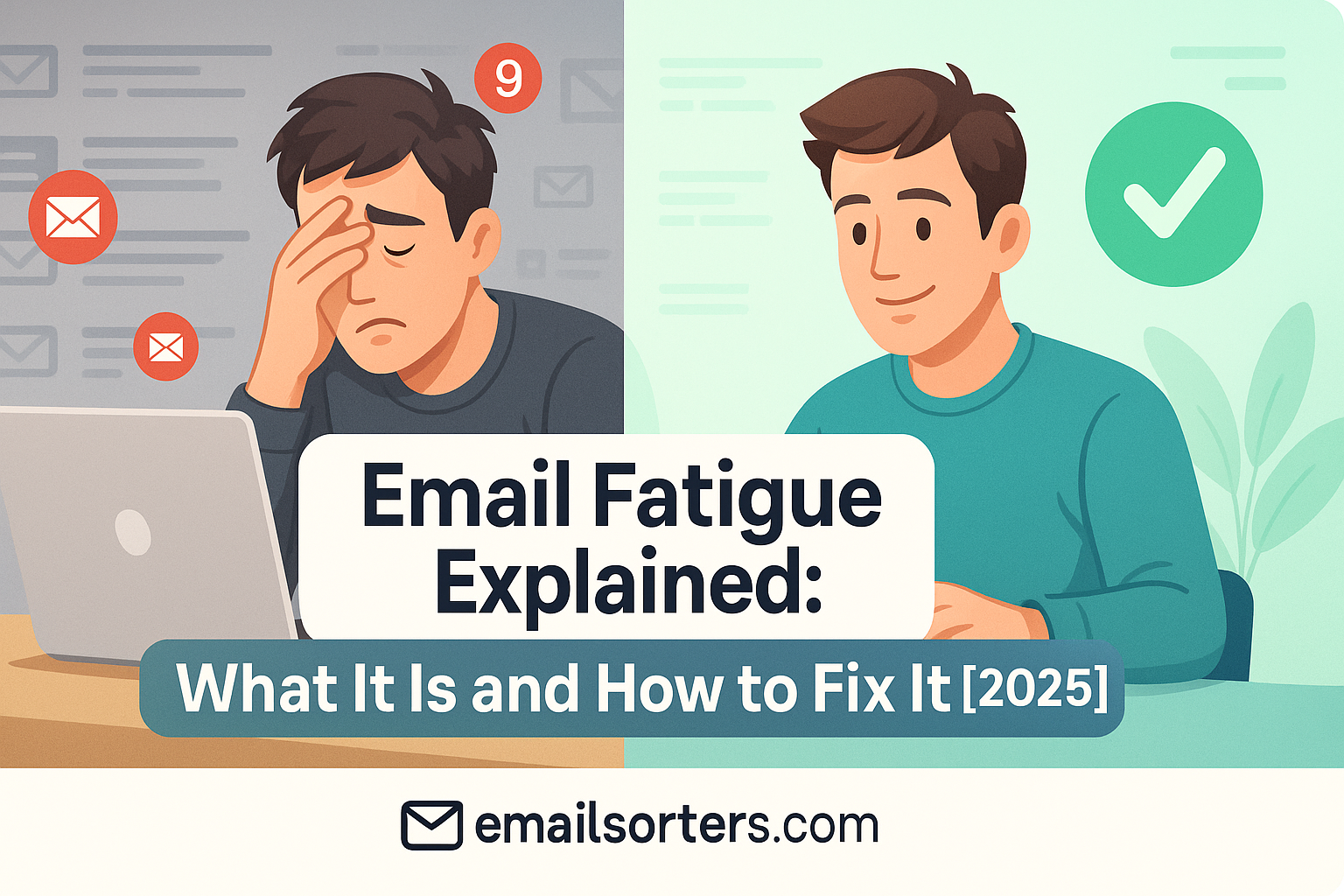Transfer emails to Gmail and keep everything in one place without the hassle of juggling multiple accounts. Whether you’re switching from Outlook, Yahoo, or another provider, moving your old emails ensures you don’t lose important messages along the way.
The good news? Gmail makes it pretty simple. With built-in tools and a few quick settings, you can import past emails, contacts, and even keep forwarding new ones automatically.
Switching email accounts can feel like moving houses; you’re not just taking furniture (your emails), you’re also trying to keep your memories, files, and contacts intact. With Gmail being one of the most reliable and widely used email services worldwide, many people eventually migrate their emails there. But the big question is: how do you transfer emails to Gmail without losing data?
The good news is, with the right preparation and methods, you can safely transfer your emails without missing a single important message. Whether you’re switching from Yahoo, Outlook, AOL, or any other provider, this guide will walk you through everything step by step. We’ll cover multiple transfer methods, data safety precautions, troubleshooting tips, and organization strategies to make sure your new Gmail inbox feels just like home; if not better.
So, grab a cup of coffee and let’s dive into the process of moving your digital communication history seamlessly to Gmail.
Preparing for the Email Transfer
Before you jump into the transfer, preparation is key. Think of it like packing before a big move; you want to make sure everything is secure, organized, and ready to go.
1. Check Your Gmail Storage Space
Gmail gives you 15GB of free storage, which is shared across Gmail, Google Drive, and Google Photos. If you’re transferring thousands of emails (especially with attachments), you’ll want to make sure you don’t run out of space mid-transfer.
- To check your storage, visit Google One Storage.
- If needed, consider upgrading your plan. Google offers affordable options starting with 100GB.
2. Back Up Your Old Emails First
Never start an email transfer without a backup. Even though Gmail’s tools are reliable, unexpected errors or internet issues can occur.
- Use your old provider’s export feature (like Outlook’s PST export or Yahoo’s archive feature).
- Store a copy on your computer or an external hard drive.
- For extra safety, upload the backup to a secure cloud service.
3. Ensure a Stable Internet Connection
Imagine transferring thousands of emails only for your internet to drop mid-process; that’s a nightmare. A strong, stable internet connection ensures smooth migration without interruptions. If your Wi-Fi is unstable, consider connecting via Ethernet.
With these steps completed, you’re ready to explore the actual transfer methods.
Methods to Transfer Emails to Gmail
There’s no one-size-fits-all solution. Depending on your old provider and preferences, you can choose between Gmail’s built-in import tool, email forwarding, or using a desktop email client.
Method 1: Using Gmail’s Built-in Import Tool
If you’re looking for the simplest, most straightforward way, Gmail’s Import Mail and Contacts tool is your best bet.
Step-by-Step Guide
- Log in to your Gmail account.
- Click the gear icon (⚙️) and go to See all settings.
- Navigate to the Accounts and Import tab.
- Under Import mail and contacts, click Import mail and contacts.
- Enter your old email address and sign in.
- Select the options you want (import contacts, old emails, and new emails for the next 30 days).
- Click Start import.
Supported Providers & Limitations
- Works best with Yahoo, Outlook, Hotmail, and AOL Mail.
- May not work with all custom domain emails.
- Can take up to 48 hours to import everything, depending on how many emails you have.
Common Issues and Fixes
- If the process gets stuck, check if POP access is enabled in your old email account.
- For accounts with 2-step verification, you may need to generate an app password.
This method is perfect for most users who want an easy, hands-off migration.
Method 2: Transferring Emails via Email Forwarding
If you’d prefer a more gradual move, email forwarding is another effective method.
How to Set It Up
- Log in to your old email account.
- Find the Forwarding settings (usually under Mail Settings).
- Enter your Gmail address as the forwarding destination.
- Decide if you want to keep a copy in your old account or not.
- Save changes.
Keeping Things Organized in Gmail
- Use Gmail filters to automatically label incoming forwarded emails.
- Example: Create a filter for emails forwarded from Yahoo Mail and label them “Yahoo Archive.”
Pros and Cons
Pros:
- Ensures you never miss new emails from your old address.
- Great for people who want to test-drive Gmail before committing.
Cons:
- Doesn’t transfer old emails; only new ones moving forward.
- Requires logging into the old account occasionally to check archives.
This method is best for people who want a smooth transition over time rather than an immediate, full migration.
Method 3: Using Desktop Email Clients (Outlook, Thunderbird, etc.)
For users with large inboxes or complex folder structures, a desktop email client may be the best choice.
How It Works
- Download and install a client like Outlook or Mozilla Thunderbird.
- Add both your old email account and your Gmail account to the client.
- Select the emails or folders you want to transfer.
- Drag and drop them from the old account to Gmail’s folders.
Best Practices
- Transfer in batches if you have thousands of emails.
- Make sure both accounts use IMAP (not POP), so changes sync across devices.
- Allow time for syncing; large transfers may take hours.
This method is especially powerful for people migrating work emails or needing full control over folder structure.
Ensuring Data Security During the Transfer
When transferring emails, data security should be your top priority. After all, your inbox isn’t just full of casual messages; it likely contains sensitive information such as personal conversations, work correspondence, financial details, and attachments that you can’t afford to lose. Moving such information without proper security measures is like transporting valuables without locking the truck. You want to make sure your digital belongings arrive safely at their new home in Gmail.
Verifying Account Security Settings
Before beginning any transfer, check the security settings on both your old email account and your new Gmail account. Start by enabling two-step verification on both accounts. This extra layer of protection ensures that even if someone manages to steal your password, they still can’t access your account without a verification code. In Gmail, you can set this up through the security settings in your Google Account.
Next, review all devices connected to your Gmail account. Remove any that you don’t recognize, as they could be unauthorized access points. The same goes for third-party apps with account permissions. If an app has access but you no longer use it, revoke its permissions immediately. This reduces the chance of malicious interference during your migration.
Phishing is another risk during email transfers. Attackers know that when people are migrating emails, they may be less cautious with login details. Be sure that any login request you respond to is from the official website of your email provider, not from a suspicious link. Always type the website URL manually instead of clicking on unexpected links.
Preventing Data Loss During Migration
Even with Gmail’s reliable import tools, mistakes and glitches can happen. That’s why having a safety net is essential. Begin by ensuring you’ve created a local backup of your old emails before initiating the transfer. Many providers offer export options, or you can use a desktop email client to download all emails in one file.
Once you start the migration, don’t rush the process. Large transfers, especially those containing years of emails with big attachments, can take several hours or even days. Keep an eye on the progress, and after completion, verify that important folders and messages are intact.
It’s also wise to pay attention to attachments. Sometimes, during large transfers, attachments can get corrupted or fail to transfer. If you notice missing files, use your backup to restore them manually. For particularly important attachments, consider downloading them separately to cloud storage like Google Drive for extra safety.
Taking these steps ensures that your digital move to Gmail is not only smooth but also secure, leaving no room for nasty surprises later.
Organizing Emails After Transfer
After successfully moving your emails to Gmail, you might find yourself staring at an inbox that looks like a messy storage unit after a big move. Without organization, you could waste valuable time searching for messages instead of enjoying Gmail’s powerful features. The good news is that Gmail comes equipped with tools like labels, filters, and archiving that allow you to not only organize but also automate the tidying-up process.
Setting Up Labels and Filters in Gmail
Think of labels as folders with superpowers. Unlike traditional folders where an email can only live in one place, Gmail labels allow a single email to wear multiple tags. For example, a work-related email about a project with an attachment can be labeled both “Work” and “Attachments” without duplicating the message.
To get started, create labels for the main categories in your life; Work, Family, Finance, Travel, and so on. Once you have them, use Gmail filters to automate the sorting process. Filters let you set rules, such as “If an email comes from my boss, apply the label Work” or “If the subject contains Invoice, label it Finance and mark it important.” This way, Gmail does the heavy lifting for you, ensuring that your inbox remains tidy and easy to navigate.
Archiving is another tool that helps reduce clutter. Instead of deleting emails you may need later, archive them. Archived emails disappear from your inbox but remain searchable in Gmail, giving you a cleaner view without losing data.
Syncing Contacts and Calendars
Your email is more than just messages; it’s also your contact list and calendar events. After transferring your emails, take a moment to import your contacts into Gmail. Most providers let you export contacts as a CSV file, which you can then upload into Google Contacts.
For your calendar, sync events by exporting from your old service and importing them into Google Calendar. Once everything is in place, Gmail, Google Contacts, and Google Calendar will work seamlessly together. This integration means that when you receive an email about an upcoming event, you can add it to your calendar with a single click, and you’ll never miss an appointment again.
By taking the time to organize your emails and integrate your contacts and calendars, you ensure that Gmail becomes more than just an inbox; it becomes a complete productivity hub.
Troubleshooting Common Problems
Even with careful planning, you might encounter hiccups during or after the migration. Don’t panic; most issues have straightforward solutions. Knowing the common problems in advance can save you frustration and ensure your Gmail transition remains smooth.
Missing Emails After Transfer
One of the most common concerns is discovering that some emails didn’t make it to Gmail. This often happens when POP or IMAP settings weren’t correctly configured in the old account. Double-check that IMAP is enabled on your old provider’s settings. If you used Gmail’s import tool, remember that it may take up to 48 hours for all emails to appear, especially if you had a large inbox.
Sometimes, missing emails are not actually missing; they might simply be filtered into unexpected labels or archived. Use Gmail’s powerful search bar to locate them. If you’re still missing messages after a few days, go back to your backup and manually upload the emails using a desktop client.
Attachment and Format Issues
Another common headache is attachments not transferring correctly. This often happens with very large files or unsupported formats. Gmail supports most file types, but if you notice a corrupted attachment, check if it exceeded the size limit. Gmail allows attachments up to 25MB, and larger files are automatically stored in Google Drive.
If a file type is unsupported, convert it using a file converter tool before trying again. For essential documents, you can also store them directly in Google Drive instead of relying on email attachments. This ensures you never lose access to them, even if the email itself has formatting issues.
By anticipating these problems and preparing for them, you’ll save yourself from panic and keep your Gmail migration stress-free.
Tips for a Smooth Transition
Moving your digital life into Gmail doesn’t end with transferring emails. To truly settle into your new inbox, you’ll want to tie up loose ends and make sure your communications flow smoothly moving forward.
First, notify your important contacts of your new Gmail address. While forwarding can help catch stragglers, sending a direct email to colleagues, family, and friends ensures they update their address books. If you use your old email address for online accounts such as banking, shopping, or social media, take the time to update your login details.
Finally, keep an eye on your Gmail account for any syncing delays or errors. Sometimes, it takes a few days for Gmail to fully integrate with your old account, especially if you imported a large amount of data. By monitoring closely during the first week, you can catch and fix issues quickly before they become bigger problems.
With these tips, you can move into Gmail as smoothly as someone unpacking in a new home with every box already labeled and organized.
Conclusion
Migrating emails to Gmail may seem daunting, but with preparation, the right method, and a focus on security, the process can be smooth and stress-free. By checking your storage, backing up your data, and using Gmail’s import tools or alternative methods, you can ensure no email is left behind. Once the transfer is complete, organizing with labels, syncing contacts, and handling common issues will help you make the most of your new Gmail account.
In the end, Gmail isn’t just a place to read emails; it’s a central hub for communication, productivity, and organization. By following the steps outlined in this guide, you’ll be able to transition confidently, knowing your digital life is safe and accessible in one place.




